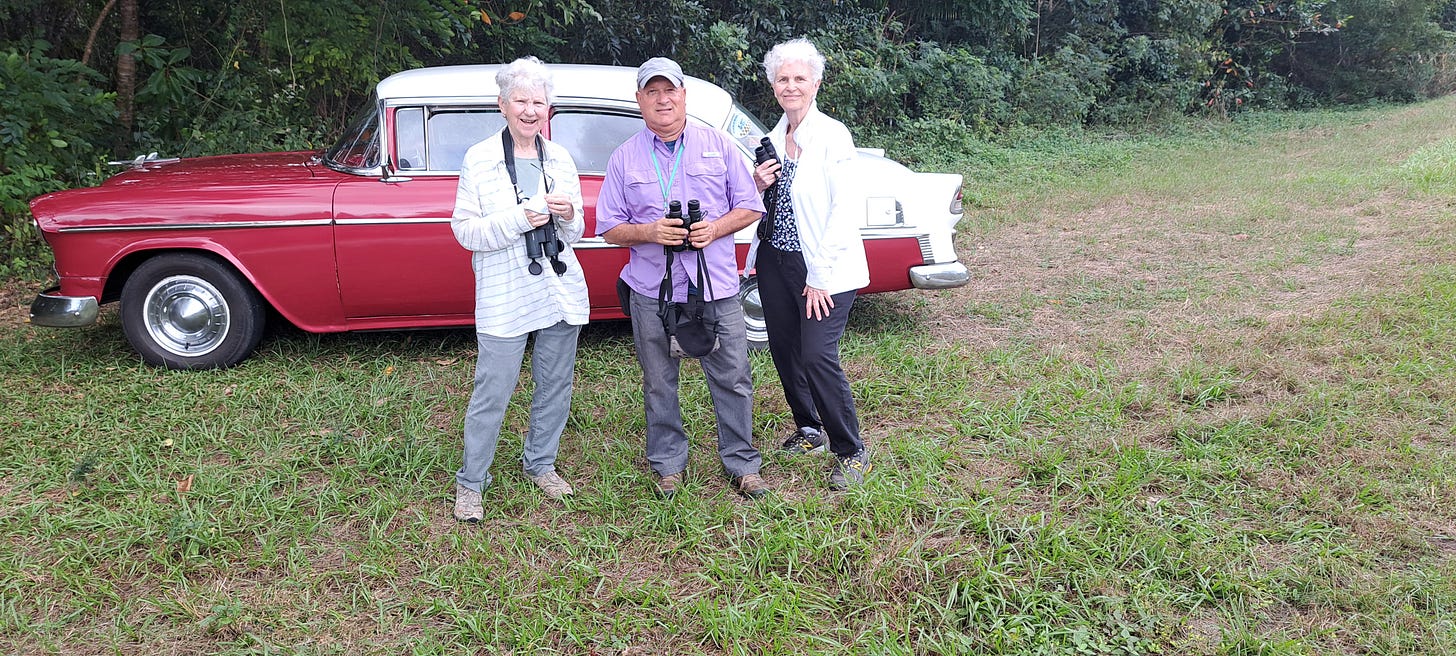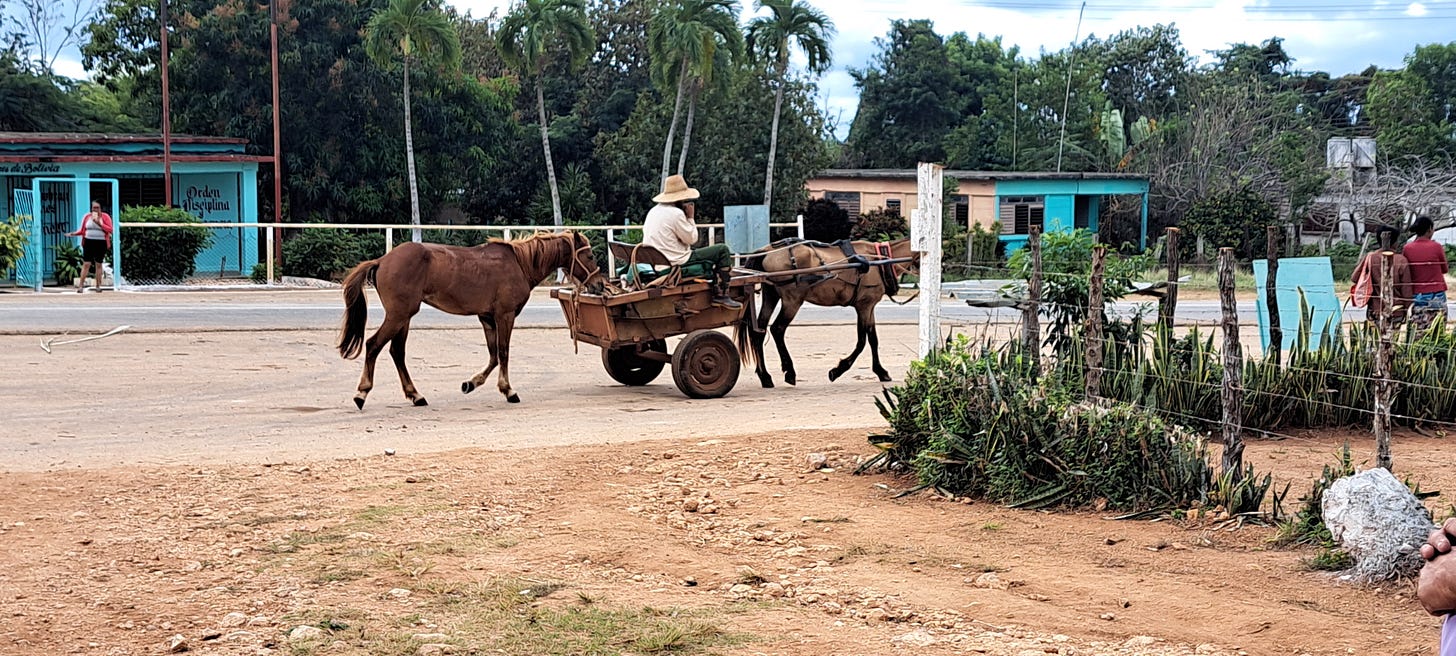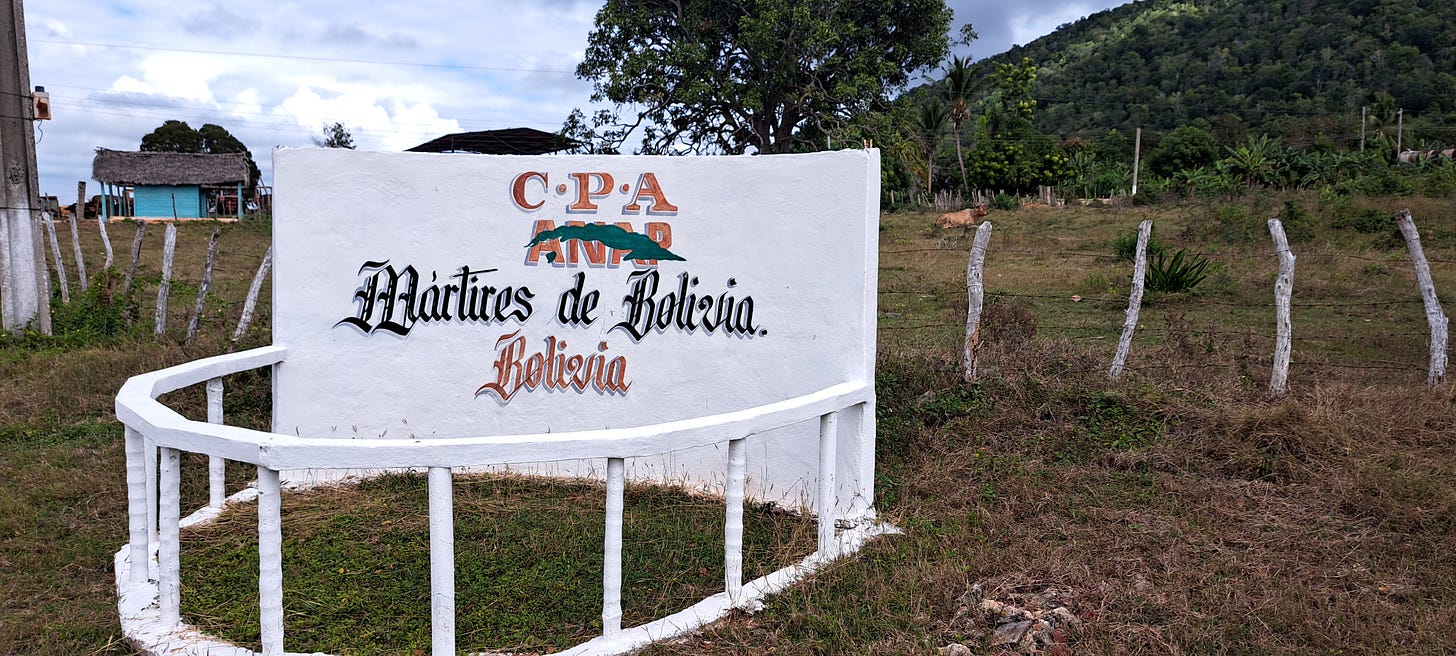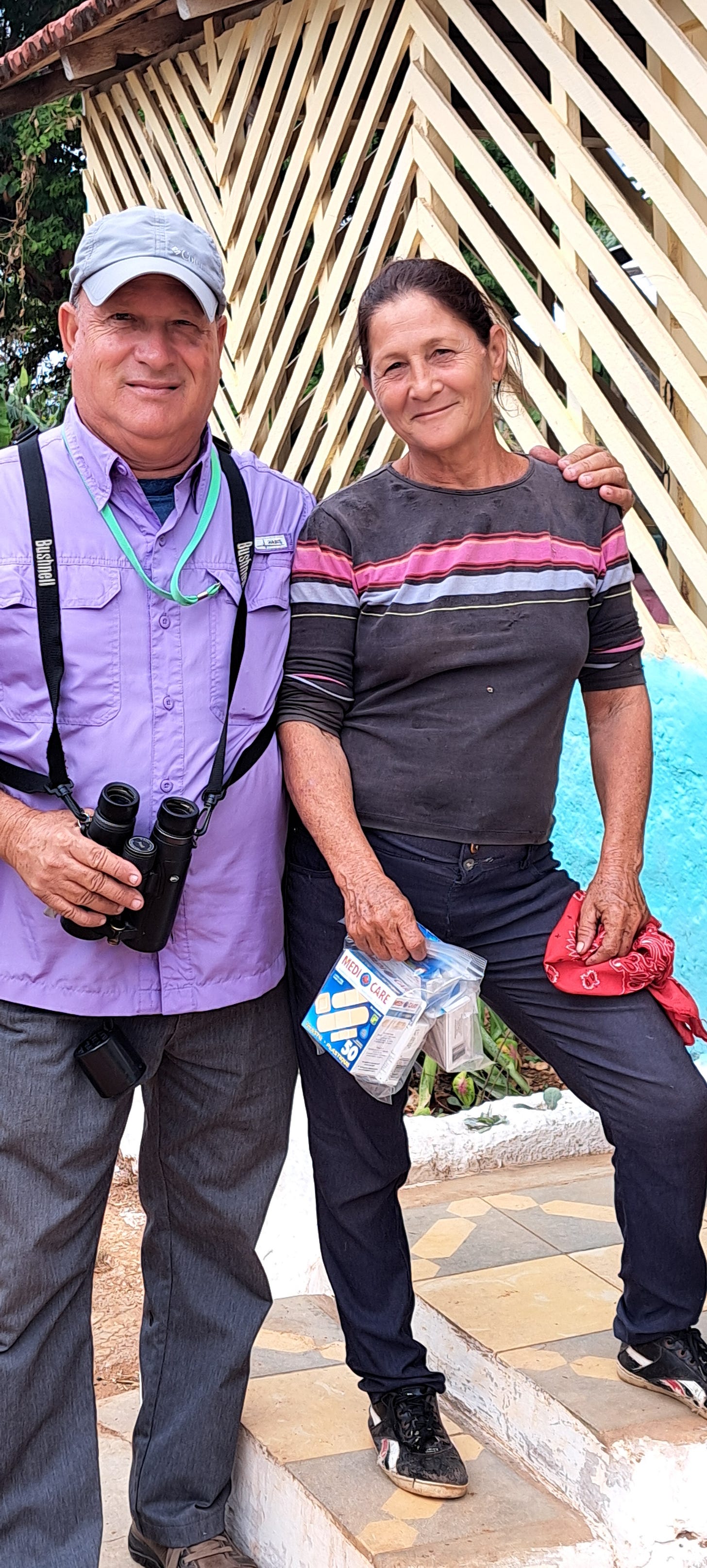Birding guide Paulino Lopez Delgado drives a 1956 Bel Air. He has repaired it countless times over 30 years of ownership. “Don’t slam the doors,” he instructed, after picking us up at 7 am for a day of birdwatching in Cuba’s Cayo Coco island and nearby mainland.

When I forgot, he winced at the slam. From then on, he opened and shut the doors of his red and white classic vehicle.
“That’s the reality of Cuba, we have to treat our cars well,” he said. “It’s hard to fix anything if it gets broken.”
Paulino toured us almost 200 km from our fancy resort, Vila Galé Cayo Paredón. Often, the narrow, paved road was empty. Service vehicles, taxis, antique cars, and staff buses were sometimes seen. We started to notice horse-drawn carts, even one pulled by oxen.
“That’s the reality of Cuba,” Paulino said. “Gas is expensive and hard to get.”
This January, 43 years after my first visit, I stayed at Vila Galé, a newly built Portuguese-funded resort. On offer are more than 638 rooms with four swimming pools. Buses arrive every few hours to drop off or pick up visitors.
The resort is a sleek array of poured cement, ceiling-height glass windows, and gleaming floors. The staff are all Cuban. Young, smiling Cubans. You would be hard put to understand their lives, where they live, or what challenges they face.
I’ve visited Cuba nine times since 1972. The first time, I stayed in the then-developing tourist town of Varadero, a two-hour drive northeast of Havana. My Varadero hotel was new but simple, and food was limited. I saw the poverty of the people and their struggle to make their economy work. I admired their resilience.
Over the course of many visits, I stayed in the ever-growing number of resorts across the island. I had the chance to visit villages and towns as well as Havana. Country people live in one- and two-room cement-block houses. Run-down, Russian-built apartments pop up here and there. I walked Havana streets, awed by century-old apartments, beautiful and crumbling.

Like most Cubans, Paulino worked for 15 years for the State before being given an apartment in the colonial town of Moron. He has four adult children, and a wife who almost died from COVID.
As he recalled, “Cuba could not afford to buy the vaccine. We had to develop our own. That’s the reality of Cuba.”

A fascinating stop was Martires de Bolivia, a village featuring a farming collective and a school. Paulino approached a farm building and called inside. One of three women came out to the front step. Inside, the group rested while their lunch cooked on the outside grill. We donated a bag of drugstore medicine, received with laughter and smiles. When I suggested that we also give to the small school, I learned that schools no longer accept donations.
Before leaving the village, Paulino bought a bag of green tomatoes for one dollar. Buying on the side of the road from a local farmer was a way to save money, he said.
Travelling together, we saw multiple birds. A short way from the resort, more than a thousand flamingos flew overhead. We saw a colourful trogon, the official Cuban bird. Deep in a forest, our guide spotted a Cuban pygmy owl. Needless to say, we were thrilled. By late afternoon, we were back at the resort, welcomed with the smiling faces of the Cuban workers.
Although I felt that the tourists had little awareness of Cuban reality, I was wrong. There were many, like my family, who brought medicines and clothing to give away. “When I come to Cuba, I leave everything behind,” said Dale Kennedy, a retiree from Halifax, Nova Scotia. On his last visit, he noticed a grey-haired man working as a gardener. His sandals were tattered. Dale gave his own sandals to the man. “He burst into tears,” Dale recalled.

We heard stories of youth who have left the country by various means. Some did not make it safely. Paulino is happy that his four children are still in Cuba. Due to his Spanish ancestry, the birdwatching guide has dual citizenship. He could live overseas. But, he said, his life and destiny are in Cuba, a country that he loves.
In spite of all adversity, Cuban pride remains strong.






Beautiful Constance. Was the trip this January? Would you consider coordinating a trip for us?